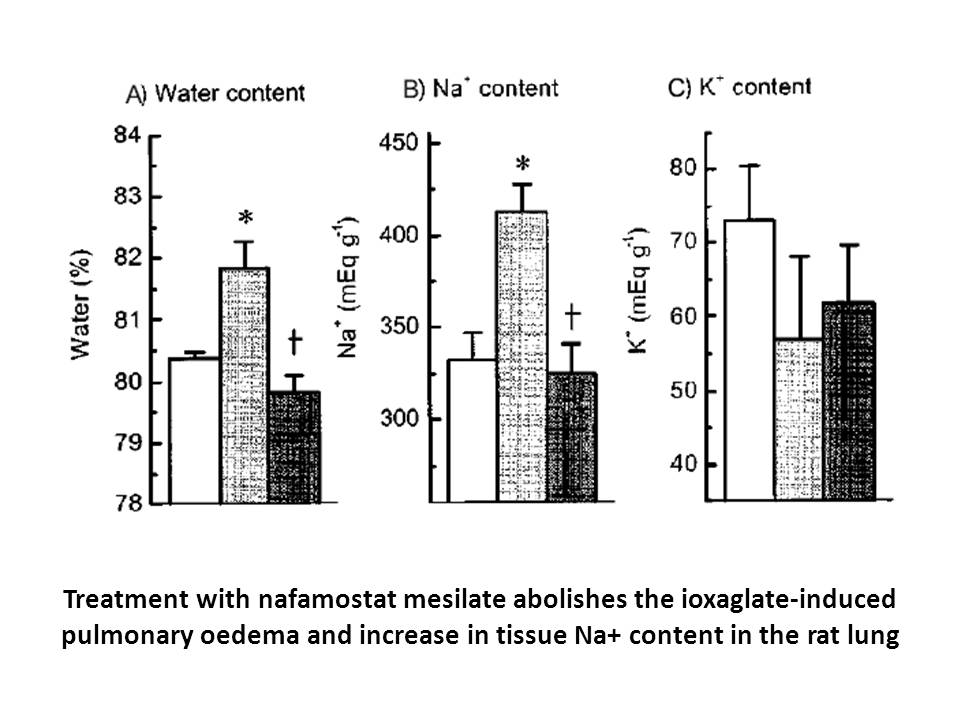Archives
Our research group has been involved by many years in
Our research group has been involved by many years in the synthesis of new 2,3-benzodiazepin-4-ones (e.g. 1, Fig. 1) and in the characterization of their mechanism of action.15, 16, 17 Within the development of these compounds, we demonstrated that an improvement of AMPAR antagonism by 2,3-benzodiazepin-4-ones has been reached by substituting the benzo-fused dioxole nucleus with the dioxane homologue (e.g. 2a, Fig. 1).18, 19
Moreover, we found that the addition of a methyl group at the 3′ position (i.e. 2b) enhanced the antagonist activity, whereas the introduction of another methyl group at the 5′ position (i.e. 2c), was not fruitful for the increase of the potency on GluA2Q receptors, according to the binding assays and functional tests we already performed.
Furthermore, using a laser-pulse photolysis technique, the mechanism of action of compounds 1 and 2 and their binding site on the AMPARs were further characterized in the microsecond-to-millisecond time domain.20, 21, 22, 23 Our kinetic studies showed that compounds 1 and 2 are noncompetitive antagonist of GluA2Q homomeric receptors. Noteworthy, compound 1 prefers to bind to the open-channel state whereas derivatives 2 show a higher affinity towards the closed-channel state of the GluA2Q receptors. By a double-inhibition experiment, it was demonstrated that compound 1 and derivatives 2 do not seem to bind to the same binding site on GluA2Q receptor, and there is no an apparent allosteric interaction between these putative trabectedin on the same receptor.20, 23
It has been recently reported that the introduction of a thiadiazole moiety at the N-3 position of the 2,3-benzodiazepine scaffold yields an enhancement in potency and selectivity on AMPARs (i.e. GYKI 47409 and GYKI 47654, Fig. 2). The Authors proposed that the heterocycle at the N-3 position is able to well accommodate into a “side pocket”, generating a strong interaction with residues surrounding this binding site, as predicted by a four-point pharmacophore model that suggests a role of the heteroatom of the thiadiazole moiety as H-bond acceptor.
To better define the structure–activity relationship (SAR) of this class of compounds, we have synthesized a group of analogues of 2,3-benzodiazepines 2a–c, based on the above-mentioned thiadiazole derivatives GYKI 47409 and GYKI 47654. We decided to insert at the N-3 position a more flexible heterocycle that could better fit into the binding pocket and presumably maintain the same capability to interact with the receptor site via hydrogen bond as the thiadiazole nucleus does. In particular, we synthesized derivatives 3a–c in which a 3-bromoisoxazolin-5-yl has been linked to N-3 and derivatives 4a–c in which the same heterocycle was linked to N-3 by means of a methylene spacer. The choice of the 3-bromoisoxazolin-5-yl is in agreement with literature data in which the substituent at N-3 position could be represented by a substituted or unsubstituted 5-or 6-membered, aromatic, saturated or partially saturated heterocyclic ring containing at least two heteroatoms, with one of them being a nitrogen atom.
Results and discussion
Conclusion
In the present study, we designed and synthesized a series of novel N-3-bromoisoxazolin-5-yl substituted 2,3-benzodiazepines as noncompetitive AMPAR antagonists, with the idea that this flexible heterocycle could establish interactions with an additional binding pocket of the receptor, like the thiadiazole nucleus of GYKI 47409 does. Although we have previously reported some N-3-substituted 2,3-benzodiazepines, this is our initial attempt to couple a heterocycle (i.e., a 3-bromoisoxazoline ring) to the N-3 position. Within this investigation, we identified some interesting new molecules, and among these, the 2,3-benzodiazepine 4c showed antagonist properties against the homomeric AMPARs GluA1, GluA2Q, GluA3 and GluA4. Compound 4c has also shown a slightly higher potency against GluA2Q, whose abnormal expression and activation mediates Ca2+-induced to xicity and neurodegeneration in several neurological disorders, such as ischemic injury or ALS. Coupling a 3-bromoisoxazoline moiety with a methylene linker to the 2,3-benzodiazepin-4-one scaffold, the potency of the resulting compounds has improved. As compared with the unsubstituted compound, i.e. 2a, which has a KI value of 21µM and 33µM for the closed-channel and the open-channel conformations, respectively, compound 4c has shown a K1 of 5µM for the closed-channel conformation, while it does not inhibit the open-channel form, and it is even more potent than the strictly-related analog 2c, which shows KI values of 94µM and 164µM for the closed-channel and the open-channel conformation, respectively. Thus, our results clearly show that the N-3 coupling of a 3-bromoisoxazoline ring to the 1-(4-aminophenyl)-3,5-dihydro-7,8-ethylenedioxy-4H-2,3-benzodiazepin-4-one scaffold is desirable in making more potent AMPAR antagonists, presumably binding to the same noncompetitive site. Our future efforts will be devoted to further modify the isoxazoline ring in order to generate new analogs with higher potency and selectivity towards AMPARs.
xicity and neurodegeneration in several neurological disorders, such as ischemic injury or ALS. Coupling a 3-bromoisoxazoline moiety with a methylene linker to the 2,3-benzodiazepin-4-one scaffold, the potency of the resulting compounds has improved. As compared with the unsubstituted compound, i.e. 2a, which has a KI value of 21µM and 33µM for the closed-channel and the open-channel conformations, respectively, compound 4c has shown a K1 of 5µM for the closed-channel conformation, while it does not inhibit the open-channel form, and it is even more potent than the strictly-related analog 2c, which shows KI values of 94µM and 164µM for the closed-channel and the open-channel conformation, respectively. Thus, our results clearly show that the N-3 coupling of a 3-bromoisoxazoline ring to the 1-(4-aminophenyl)-3,5-dihydro-7,8-ethylenedioxy-4H-2,3-benzodiazepin-4-one scaffold is desirable in making more potent AMPAR antagonists, presumably binding to the same noncompetitive site. Our future efforts will be devoted to further modify the isoxazoline ring in order to generate new analogs with higher potency and selectivity towards AMPARs.